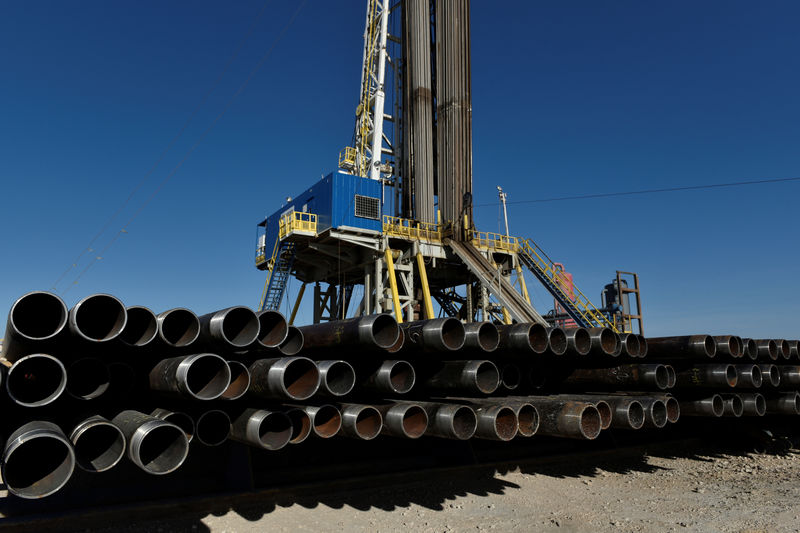By David Gaffen
(Reuters) - The United States last week exported more crude oil and fuel than it imported for the first time on record, according to data released on Thursday, the same day OPEC ended a meeting without a decision to curb global output to balance out the historic surge in U.S. supply.
When adding in all imports and exports of crude and refined products, the U.S. exported a net 211,000 barrels per day for the week through Nov. 30 – the first time that has happened, according to U.S. Energy Department figures dating to 1973. That was on the back of a jump in crude exports to a weekly record of more than 3.2 million bpd.
"So when does the U.S. send a delegate to OPEC meetings?" said Kyle Cooper, consultant at ION Energy in Houston. "It's really quite amazing. I do think that will occur more and more often in coming years."
The United States historically has been a heavy importer of crude oil in part due to a four-decade ban on crude exports that was lifted in late 2015 by then-President Barack Obama.
Petroleum exports until recently were dominated by products like gasoline and diesel, but that has changed since the U.S. shale revolution that has sped up drilling and extraction of oil, helping boost overall U.S. production to a record 11.7 million bpd.
The data comes on the same day that the Organization of the Petroleum Exporting Countries adjourned a meeting without announcing a supply-cut agreement as it grapples with sinking prices due in part to the surge in U.S. output that has upended the global supply equation.
Crude inventories
U.S. crude prices have sagged almost a third since hitting a four-year high near $76 a barrel in October. That was in part due to concerns about oversupply coming to the fore again as U.S. production rose in tandem with increased output from Saudi Arabia and Russia. The three countries are the world's largest producers of oil.
That has created a dilemma for Saudi-led OPEC, which wants to maintain higher prices but avoid ceding more market share to shale producers. On Thursday, OPEC adjourned its meeting in Vienna, aiming to reach an agreement with Russia on Friday.
"It seems EIA has a habit of sending bad news to OPEC during its Vienna meetings. In the past, it has been surging U.S. production numbers. But this time was truly remarkable and historic showing data for net crude imports as -211,000 bpd," said Joe McMonigle, analyst at Hedgeye in Washington.
U.S. crude production is expected to average more than 12 million bpd in 2019, according to the EIA, an increase of more than 3 million bpd in 2016. Shale production surged in the early part of the decade as companies started to use hydraulic fracturing, or fracking, to extract oil in basins in Texas, North Dakota and other states.
U.S. output rose to 9.7 million bpd in mid-2015, just shy of the nation's all-time high set in 1970, but fell off when OPEC flooded the world markets with supply to try to hinder the shale industry. But OPEC was forced to curb output in 2016 as oil-producing nations faced budget shortfalls, and as prices recovered, shale's output accelerated.
"Every single month, every single year, we’re going to become more of a global pie and that’s a part of the pie you can’t control - it's completely different than the OPEC piece," said Bernadette Johnson, vice president in market intelligence at Drillinginfo in Denver.
For the week, the United States also posted net exports of 4.2 million bpd of products like gasoline and diesel.
The weekly figures are subject to wide fluctuations, however, so the sudden shift may be a temporary occurrence. Andrew Lipow, president of Lipow Oil Associates in Houston, said he was not surprised this happened in the winter, a seasonally slow period for domestic gasoline demand.

U.S. oil prices ended Thursday lower, due to concern that planned OPEC production cuts will be smaller than originally anticipated. U.S. crude futures (CLc1) lost 2.7 percent on the day, while Brent crude (LCOc1) dropped by 2.4 percent.